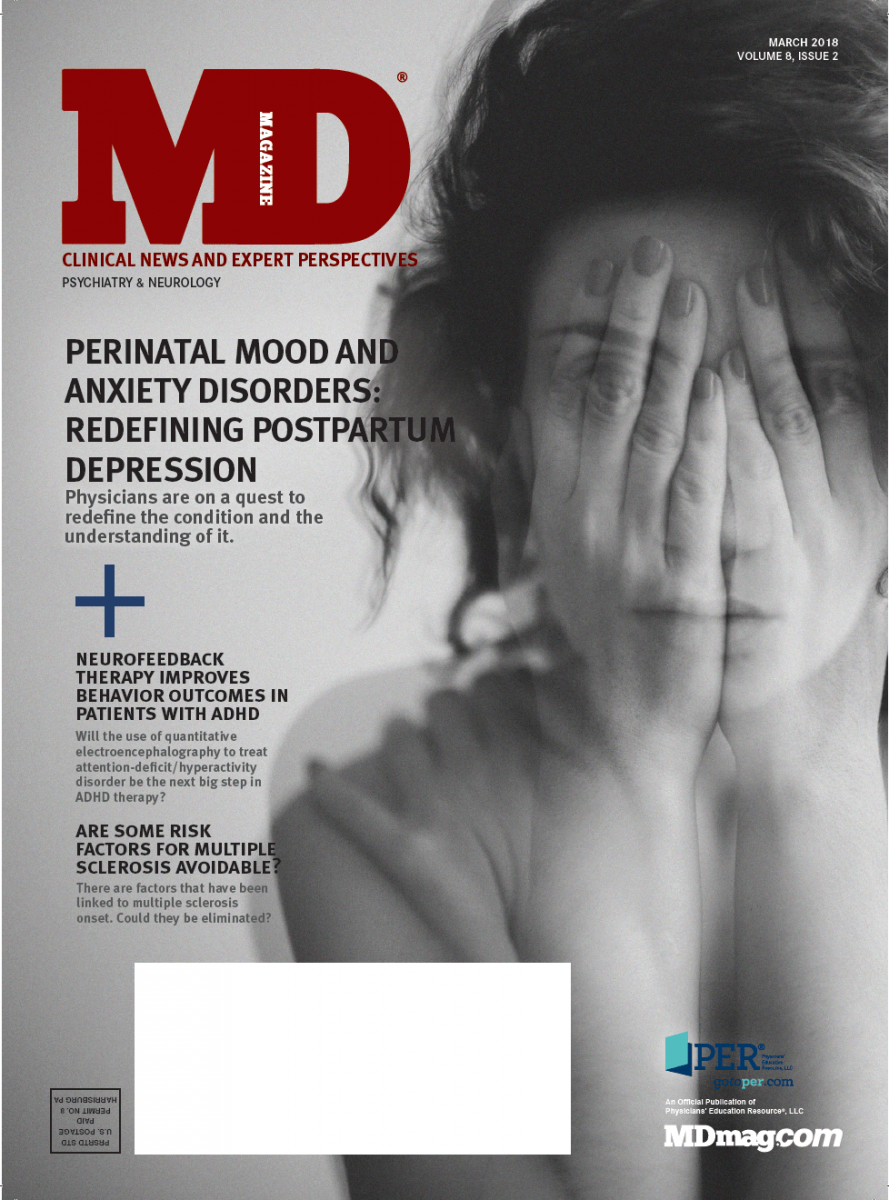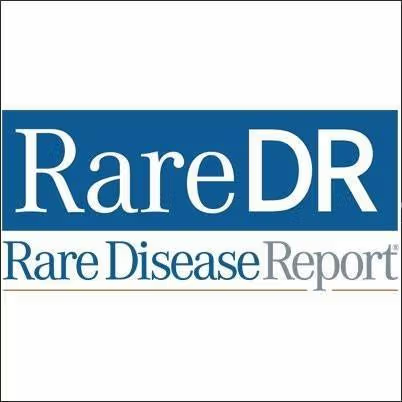Publication
Article
Are Some Risk Factors for Multiple Sclerosis Avoidable?
Author(s):
Although the causes of MS remain unknown, a variety of factors have been linked to exacerbations and relapse—and several that have recently been associated with increased risk of onset are avoidable.
Although the causes of multiple sclerosis (MS) remain unknown, a variety of factors have been linked to exacerbations and relapse—and several that have recently been associated with increased risk of onset are avoidable.
Findings from the largest study to examine whether concussive head injury increases the risk of developing MS revealed an association with concussion occurring in adolescence and an increased risk of multiple concussions. The risk was not seen in younger children.1
It is not yet clear, however, whether MS should be included with conditions such as chronic traumatic encephalopathy (CTE) in warnings about the dangers of concussions, according to the study’s lead author, Scott Montgomery, PhD, the director of the Clinical Epidemiology Group in the Department of Epidemiology and Biostatistics at the School of Medical Sciences at Örebro University in Sweden. “As only a very small proportion of those with head injuries in adolescence will develop MS, listing MS as an outcome might be considered alarmist without more detailed qualification of the risk,” he said.
Montgomery and colleagues used the national Swedish Patient Register of hospital diagnoses and the MS Register through 2012 to identify over 7000 patients with MS who were born since 1964. Each was matched to 10 patients with similar demographics but no MS diagnosis, producing a study cohort of over 80,000 individuals.
The investigators then examined medical records for prospectively recorded diagnoses of concussion from birth to age 10 years or from age 11 to 20 years. The data were further stratified for single and multiple episodes of trauma, to consider the possibility of a dose-dependent association. A matched control group consisted of those with broken limb bones but no traumatic head injury.
Although findings of several studies have suggested a link between concussion and MS risk, the pooled results from cohort studies have not been statistically significant, according to Montgomery and colleagues. They also pointed out that previous studies relied on retrospective reporting of earlier trauma, and, although the largest study had 5550 participants, most had substantially fewer than 700 cases and controls.
Few of the studies included trauma up to age 20 years, the investigators said, even though different developmental phases in the central nervous system (CNS) suggest the possibility of age-specific differences in susceptibility. “To the best of our knowledge, this is the largest study of traumatic head injury before age 20 years and subsequent MS risk, and notably, the first to use prospectively recorded data, thus enhancing accuracy,” Montgomery and colleagues wrote.
The investigators found that 1 diagnosis of concussion in adolescence raised the risk of MS, with an odds ratio (OR) of 1.22 (95% CI, 1.05-1.42), and the risk rose further with more than 1 episode, OR 2.33 (95% CI, 1.35-4.04). There was no discernible association of MS with concussion in childhood, or with broken limb bones in childhood or adolescence.
“I would like to see a replication and extension of our study to further quantify the risk for MS associated with traumatic head injury so that more detailed advice can be given. We are currently looking at other measures of susceptibility and exposure to better identify those at risk of MS,” Montgomery told MD Magazine®.
Although MS is an immune-mediated disease, the investigators posited how environmental factors such as head trauma could trigger a pathological process leading to the disease. In one scenario, a neurofilament could be released into the cerebrospinal fluid and then to systemic compartments including lymph nodes, provoking an adaptive immune response to the CNS component.
Reducing Risk of Pediatric-Onset MS
“There are notable differences in the etiology of CTE and MS, but it is plausible that CNS trauma is a risk for both diseases,” Montgomery said. “We believe that several exposures other than this type of trauma may initiate the autoimmune processes leading to the focal inflammation in MS.”The possibility that certain maternal or perinatal exposures contribute to the risk of pediatric-onset MS was examined in a case control study of 265 children with MS or clinically isolated syndrome and 412 healthy controls.2 Cases identified from 16 clinics participating in the United States Network of Pediatric Multiple Sclerosis Centers were median age 15.7 years and 62% girls, and the controls, identified from primary care or other clinics at the same institutions, were median age 14.6 years and 54% girls.
The study’s environmental questionnaire, based on earlier ones used in MS and other autoimmune diseases, tested for wording problems or incomplete response in 30 families prior to the study. The questions referred to the period of 3 months before conception through first year of life. Statistical analysis adjusted for age, sex, race, ethnicity, US birth region, and socioeconomic status.
The investigators reported that maternal illness during pregnancy could be a risk factor for pediatric-onset MS. In contrast to previously reported associations of a deleterious or neutral effect of cesarean delivery on adult-onset MS risk, a cesarean delivery appeared to have some protective effect against pediatric-onset MS in this cohort. The investigators did not confirm that breast-feeding was a protective factor, as has been speculated.
Another Reason to Reduce Childhood Obesity
A notable finding was that exposure to pesticides in the perinatal period appeared to increase MS risk, and the investigators suggest that exposure to petroleum-based organic solvents may be particularly relevant after the first year of life. “While our pesticide results are preliminary and require replication, as well as investigation of the mechanism, this is an important finding because the risk factor is preventable,” lead author Jennifer Graves, MD, PhD, a neurologist at the University of California, San Francisco, Regional Pediatric Multiple Sclerosis Center, told MD Magazine®. “Even if families can’t control agricultural pesticide practices, they can exercise protective practices, including appropriate hygiene with home use, and select the best produce options with washing.”Reclassifying 2 avoidable factors that might contribute to pediatric-onset MS—low vitamin D and high body mass index (BMI)—from the category of “possible association” to “causal” could prompt greater preventative efforts. Milena Gianfrancesco, PhD, MPH, of the Division of Epidemiology at the University of California, Berkeley, School of Public Health and colleagues took up the challenge.
Others have suggested an association between childhood obesity and risk of pediatric-onset MS and an association between low vitamin D status and risk of adult-onset MS, as well as a relationship between the 2, possibly based on reduced circulating levels of fat-soluble vitamin D with increased available storage in adipose tissue with obesity.
The investigators employed Mendelian randomization and meta-analysis to estimate the likelihood of causal associations with pediatric-onset MS using genetic risk scores (GRS) in a study population of over 16,000 in the United States and Sweden.3
“We report strong evidence for a causal and independent association between low serum concentrations of vitamin D and increased BMI and risk of pediatric-onset MS after adjusting for sex, ancestry, [genetic risk factor] HLA-DRB1*15:01, and over 100 non-human leukocyte antigen (HLA) MS risk variants,” the investigators wrote. “A causal relationship between low vitamin D and increased BMI has implications for prevention strategies in children.”
Even more resources pertaining to multiple sclerosis can be found on MD Magazine's new sister site, NeurologyLive.
REFERENCES
1. Montgomery S, Hiyoshi A, Burkill S, Alfredsson L, Bahmanyar S, Olsson T. Concussion in adolescence and risk of multiple sclerosis. Ann Neurol. 2017;82(4):554-561.
doi
: 10.1002/ana.25036.
2. Graves JS, Chitnis T, Weinstock-Guttman B, et al. Maternal and perinatal exposures are associated with risk for pediatric-onset multiple sclerosis. Pediatrics. 2017;139(4):e20162838.
doi
: 10.1542/peds.2016-2838.
3. Gianfrancesco MA, Stridh P, Rhead B, et al. Evidence for a causal relationship between low vitamin D, high BMI and pediatric-onset MS. Neurology. 2017;88(17):1623-1629.
doi
: 10.1212/WNL.0000000000003849.






